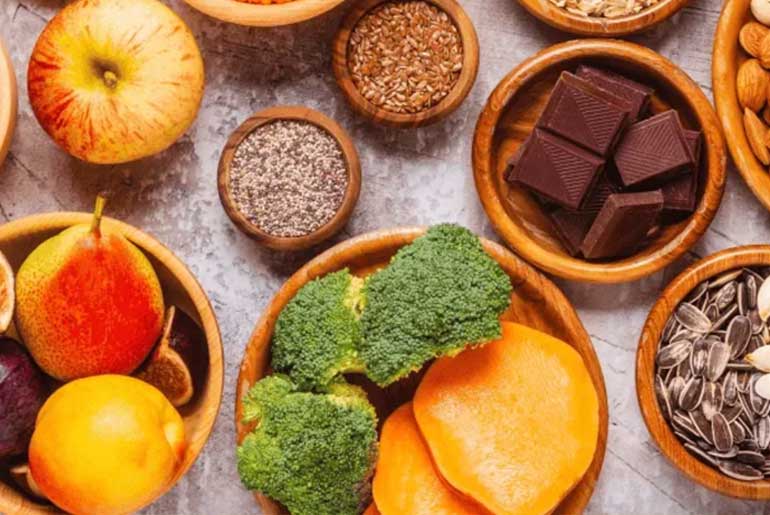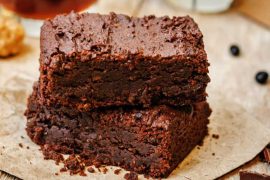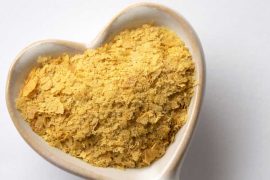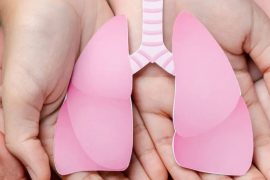Fiber is essential for health, aiding in reducing constipation, supporting weight loss, lowering cholesterol levels, and decreasing the risk of diabetes and heart disease. Certain fibers are prebiotic, promoting healthy gut bacteria and improving digestive health. While women should aim for 25 grams of fiber daily and men 38 grams, most Americans consume only about 16 grams per day, far below the recommended amount. To increase fiber intake, incorporate more fruits, starchy vegetables, legumes, whole grains, or consider supplements if needed.
1. Eat Whole-Food Carb Sources:
Whole-food carbs, like fruits, vegetables, legumes, and whole grains, naturally contain fiber. Unlike refined carbs, these options are nutrient-dense and help regulate blood sugar. Fiber from these foods slows digestion, keeps you fuller for longer, and promotes gut health.
2. Include Veggies in Meals and Eat Them First:
Non-starchy vegetables are low in calories, high in fiber, and packed with nutrients. Eating them first can help increase your fiber intake and reduce overall calorie consumption. Studies show that starting meals with a vegetable salad or soup can enhance satiety and encourage healthier eating habits.
3. Snack on Popcorn:
Popcorn, a whole grain, is a fiber-rich snack delivering 4 grams of fiber per ounce. Air-popped popcorn is the healthiest option, offering a low-calorie way to satisfy cravings. Enhance flavor with spices like cinnamon or cayenne pepper.
4. Snack on High-Fiber Fruits:
Fruits such as pears, apples, and berries are excellent fiber sources. Pairing fruits with protein or healthy fats, like nut butter, can improve satiety and create a balanced snack. For instance, a small pear provides nearly 5 grams of fiber.
5. Choose Whole Grains Over Refined Grains:
Whole grains retain their fiber-rich bran and germ, making them far more nutritious than refined grains. Opt for grains like oatmeal, quinoa, barley, and millet to maximize fiber and micronutrient intake.
6. Take a Fiber Supplement (If Necessary):
While food is the best source of fiber, supplements like psyllium, guar fiber, and glucomannan can help if your diet falls short. These supplements may enhance fullness and support digestive health but should be introduced gradually to prevent bloating.
7. Eat Chia Seeds:
Chia seeds provide an impressive 10 grams of fiber per ounce, primarily in the form of insoluble fiber, which supports digestive health. Incorporate them into smoothies, yogurt, or oatmeal for a quick fiber boost.
8. Eat Whole Fruits and Vegetables, Not Juice:
Juicing removes most of the fiber from fruits and vegetables. To retain their nutritional benefits, consume them whole. Whole fruits and veggies also help control sugar intake and provide longer-lasting energy.
9. Add Avocados
Avocados are fiber-packed superfoods delivering 5 grams of fiber per half. They’re also rich in healthy fats and versatile for recipes like salads, spreads, or smoothies. Their consumption has been linked to reduced risk of metabolic syndrome.
10. Snack on Nuts and Seeds:
Nuts and seeds are fiber-rich, nutrient-dense snacks that also offer protein and healthy fats. Almonds, for instance, provide 4 grams of fiber per ounce. They’re portable and can be added to recipes for extra crunch and nutrition.
11. Bake with High-Fiber Flours:
Replace refined white flour with fiber-rich alternatives like whole wheat, almond, coconut, or chickpea flour. These options significantly increase the fiber content of baked goods without sacrificing flavor.
12. Eat Berries:
Berries, especially raspberries and blackberries, are among the most fiber-rich fruits, offering 8 grams per cup. They’re also lower in sugar compared to other fruits, making them a great choice for snacks, cereals, and desserts.
13. Include Legumes:
Beans, lentils, and peas are fiber powerhouses. A cup of cooked beans can meet up to 50% of daily fiber needs. Swap meat for legumes in a few meals per week to boost fiber, improve gut health, and lower chronic disease risk.
14. Leave the Peel or Skin On:
Peels of fruits and vegetables like apples, cucumbers, and sweet potatoes are fiber-rich. Avoid peeling when possible to retain this essential roughage, which supports digestion and prevents constipation.
15. Check Labels for High-Fiber Foods:
When buying processed foods, read labels for added fiber content. Functional fibers like inulin are often included in granola bars, cereals, and soups. Look for products with at least 5 grams of fiber per serving.
Incorporating fiber into your diet is simple and delicious. By choosing whole foods, snacking wisely, and making small changes to recipes, you can meet your fiber needs effortlessly. High-fiber eating supports digestion, reduces the risk of chronic diseases, and enhances overall health. Start with these tips today for a healthier, fiber-filled diet!
Disclaimer:
The information contained in this article is for educational and informational purposes only and is not intended as a health advice. We would ask you to consult a qualified professional or medical expert to gain additional knowledge before you choose to consume any product or perform any exercise.







